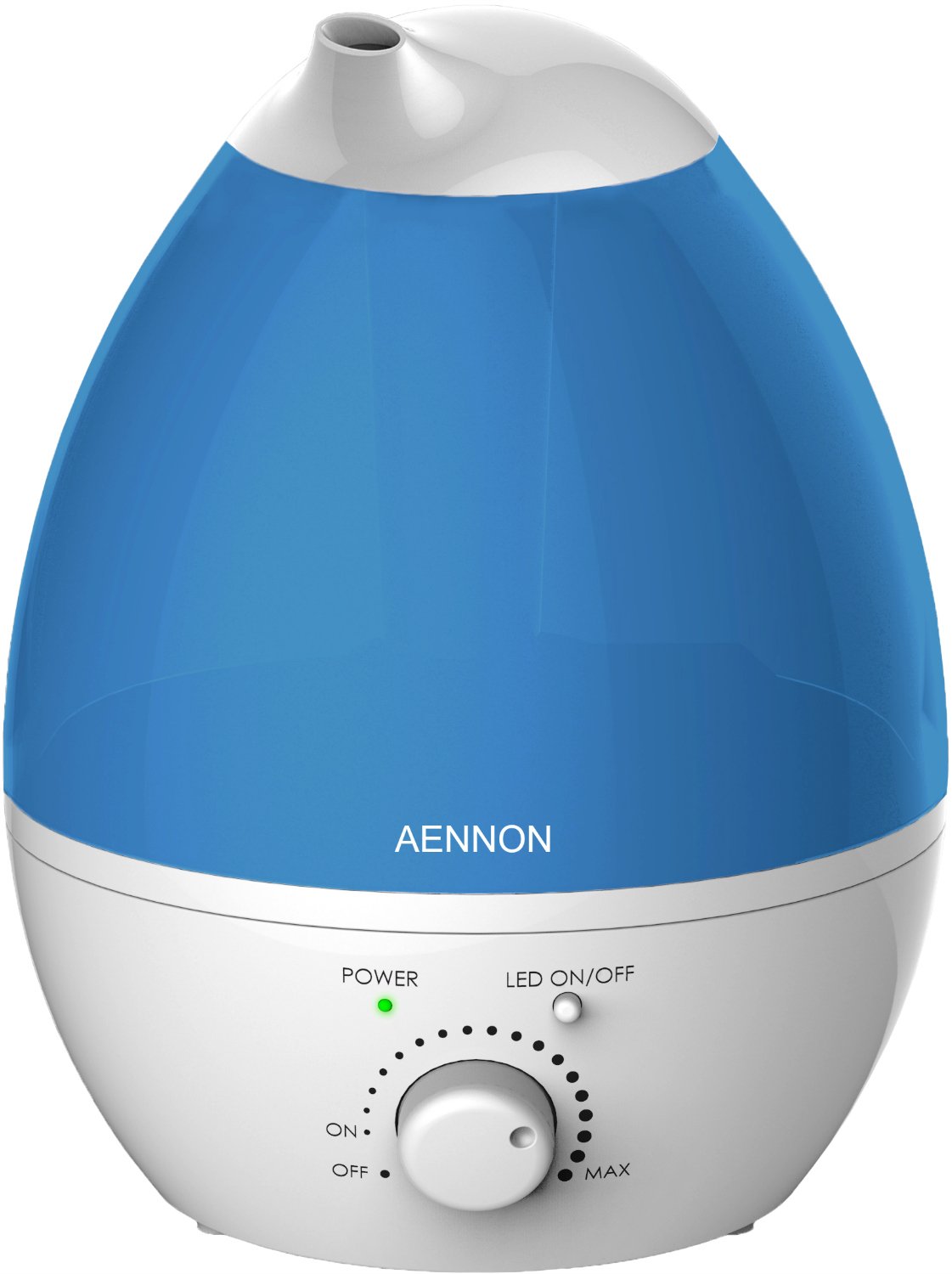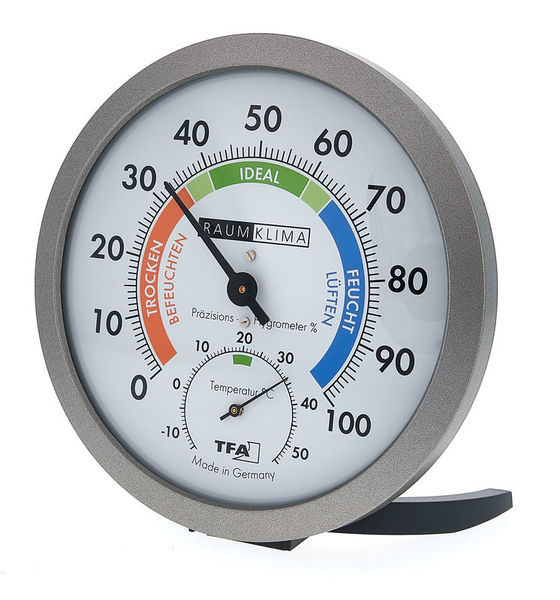|
|
||
|
||
|
Privacy Policy | Editorial Policy | Profit Policy | Join the Association | List of Members | Contact us | Index | Links |
||
|
Back Go to page: 1 2 3 4 5 6 7 8 9 10 11 12 13 14 15 16 17 18 19 20 Forward
|
||
|
Health and Life Style. |
||
| Veterans and Veterans Families Counselling Service (VVCS) can be reached 24 hours a day across Australia for crisis support and free and confidential counseling. Phone 1800 011 046. VVCS is a service founded by Vietnam Veterans. |
||
|
Contents:
Australian study links exercise to stroke recovery Can Vitamin C improve your mood? Does a vasectomy increase the risk of prostate cancer? House plants - are they answer to good air? Humidifiers, are they any good? Poinsettia plants - are they poisonous? Weight loss - control your emotional eating.
|
||
|
but they’re not as super as you think.
House plants are pretty, calming and they take in that naughty CO2 and pump out oxygen, don’t they? For a long time, we thought they did, we thought they made our air cleaner. Unfortunately, scientists have dispelled that last claim. |
||
 |
||
|
House plants are the latest fad that have proliferated a popular, trendy culture. They’re dangling from ceilings, sprawling their fronds across bay windows and cluttering (in a trendy way) interior-design plans in houses across Australia.
It’s not a small business either – people are willing, if not fighting to, fork out up to $300 for some of the more cult-status plants.
The indoor plant trend makes sense: They look nice, for those who live in apartments without prolific gardens it’s a way to have some semblance of nature in your life, and they’re meant to be good for developing your nurturing, responsible side. There’s also a lot of talk about how they’re good for your health, they help to clean the air, and boost oxygen levels. That’s why you see so many companies building them into their work spaces – a vertical garden here, a smattering of Monteria there. Happy, healthy employees.
Science has squashed both these claims (to a degree) and revealed the intense density of indoor plants you actually need to make a difference to air quality. That magic number is 10 plants to every square foot. Which, if you visualise it, is a lot of plants stacked into not a lot of space. Even 10 bonsais would look out of place.
A study published recently in the Journal of Exposure Science and Environmental Epidemiology squashed the dreams of indoor green thumbs everywhere. To get its result, the research team pored over 12 studies on indoor plants and their supposed health benefits. The plants-create-more-oxygen claim is a pure myth because constant ventilation in really the secret and it re-generates the air a lot quicker, a lot better and a lot quicker than a forest of indoor plants can or does. To determine if indoor plants did help purify the air, and if they did how many did it take to make a noticeable difference, the study placed the plants into chambers and injected the chambers with a “volatile organic compound”.
Then they’d sit and watch this compound decay, giving the kudos of the decay to the plant. What became apparent was that it was microbes that were taking care of the compound – not the plants. This has been a common misconception for some time. Plants are great, but they don’t actually clean indoor air quickly enough to have an effect on the air quality of your home or office environment. The air purification myth can actually be traced back to NASA, which in 1989 released a study that claimed plants could be used to remove cancer-causing chemicals from the air. At the time, the space agency was researching how it could best clean and filter air on space stations. Since then, it has become lore that house plants are a super-cleaner of sorts.
This is certainly an example of how scientific findings can be misleading or misinterpreted over time, but it’s also a great example of how scientific research should continually re-examine and question findings to get closer to the ground truth of understanding what’s actually happening around us.
Australian study links exercise to stroke recovery.
Australian scientists have discovered the lengths that exercise can help patients who have suffered strokes recover – to the potential extent of regenerating damaged neurons in the brain. It’s known in the medical field that exercise, particularly cardio, plays a part in recovery for stroke victims, but this is the first time a study has used MRI scans to precisely capture the benefits.
The study, funded by the Heart Foundation and carried out by the Florey Institute of Neuroscience and Mental Health, followed 35 Australians through their recovery two months after experiencing ischemic strokes, which is the most common form. Participants did one hour of exercise thrice weekly, for eight weeks, and were then given an MRI scan. The scan was repeated 12 months after the stroke occurred.
The results were visible not only in the scan results, but from the participants.
A Melbourne woman suffered a stroke three years ago, and said through the trial, she was able to build up her fitness from virtually zero before the incident. The 57-year-old says even though she lost sight in one eye from the stroke, she is now able to walk her dog and take her granddaughter on outings.
From a science findings perspective, researchers discovered the side of the brain damaged by the stroke had a 2.9 per cent growth in hippocampal volume, in comparison to a control group. The hippocampus area controls memory, emotion response, spatial processing and navigation. Florey Institute said the study monitored brain atrophy, or shrinkage, because it was an accurate predictor of cognitive problems after a stroke, especially if there was a reduction in the size of the hippocampus.
|
||
|
|
||
|
Exercise seems to have slowed or stopped the atrophy on the opposite side of the brain, while possibly leading to new neuron growth on the side of the lesions, with more research, MRI scans could help understand how exercise protects the brain after stroke and will help pinpoint the intensity and frequency that is needed to improve brain function after a stroke.
I might have a slight drinking problem. My wife asked me to toast some bread for her, I raised my can and said, “Here’s to bread”.
Does a vasectomy increase my risk of prostate cancer?
No, having a vasectomy doesn't increase your risk of prostate cancer. Researchers have conducted many studies on this subject. The best current evidence indicates no increased risk of prostate cancer after vasectomy. If you're concerned about your prostate cancer risk, talk to your doctor about possible symptoms and screening tests.
Humidifiers: Are they any good?
Humidifiers can ease problems caused by dry air but they do need regular maintenance. Here are a few tips to ensure your humidifier doesn't become a health hazard.
Dry sinuses, bloody noses and cracked lips — humidifiers can help soothe these familiar problems caused by dry indoor air. In addition, cool-mist humidifiers may help ease symptoms of a cold or other respiratory condition, but be cautious, although useful, humidifiers can actually make you sick if they aren't maintained properly or if humidity levels stay too high. If you use humidifiers, be sure to monitor humidity levels and keep your humidifier clean. Dirty humidifiers can breed mould or bacteria.
What are humidifiers?
Humidifiers are devices that emit water vapor or steam to increase moisture levels in the air (humidity). There are several types:
Ideal humidity levels.
Humidity is the amount of water vapour in the air. The amount of humidity varies depending on the season, weather and where you live. Generally, humidity levels are higher in the summer and lower during winter months. Ideally, humidity in your home should be between 30% and 50%. Humidity that's too low or too high can cause problems.
How to measure humidity
The best way to test humidity levels in your house is with a hygrometer. This device, which looks like a thermometer, measures the amount of moisture in the air. Hygrometers can be purchased at hardware stores and department stores.
Humidifiers, asthma and allergies.
If you or your child has asthma or allergies, talk to your doctor before using a humidifier. Increased humidity may ease breathing in children and adults who have asthma or allergies, especially during a respiratory infection such as a cold. But dirty mist or increased growth of allergens caused by high humidity can trigger or worsen asthma and allergy symptoms.
When the air's too damp: Dehumidifiers and air conditioners.
Just as air that's dry can be a problem, so can air that's too moist. When humidity gets too high, common during summer months, it's a good idea to take steps to reduce indoor moisture. There are two ways to reduce humidity:
Keep it clean: Dirty humidifiers and health problems
Dirty reservoirs and filters in humidifiers can quickly breed bacteria and mould. Dirty humidifiers can be especially problematic for people with asthma and allergies, but even in healthy people humidifiers have the potential to trigger flu-like symptoms or even lung infections when the contaminated mist or steam is released into the air. Evaporators and steam vaporizers may be less likely to release airborne allergens than may cool-mist humidifiers.
Tips for keeping your humidifier clean
To keep humidifiers free of harmful mould and bacteria, follow the guidelines recommended by the manufacturer. These tips for portable humidifiers also can help:
Can vitamin C improve your mood?
The link between vitamin C and mood might seem surprising, but people who have vitamin C deficiency often feel fatigued or depressed. Studies of hospitalized patients who often have lower than normal vitamin C levels have found that their mood improved after they received vitamin C.
But even for people who aren't known to have low vitamin C levels, taking a vitamin C supplement might help mood. A study of high school students indicated that vitamin C lowered anxiety levels, and other studies have shown mood-elevating effects from taking vitamin C.
More research is needed, but in the meantime, eat plenty of fruits and vegetables rich in vitamin C, such as oranges and red capsicum. If you also take a supplement, try not to exceed the upper limit of 2,000 milligrams of vitamin C a day. As always, talk to your doctor before taking any supplement
|
||
|
My favourite exercise at the gym would probably be judging. |
||
|
|
||
|
Weight loss: Gain control of emotional eating.
Sometimes the strongest food cravings hit when you're at your weakest point emotionally. You may turn to food for comfort, consciously or unconsciously, when facing a difficult problem, feeling stressed or even feeling bored.
Emotional eating can sabotage your weight-loss efforts. It often leads to eating too much especially too much of high-calorie, sweet and fatty foods. The good news is that if you're prone to emotional eating, you can take steps to regain control of your eating habits and get back on track with your weight-loss goals.
How the mood-food-weight loss cycle works
Emotional eating is eating as a way to suppress or soothe negative emotions, such as stress, anger, fear, boredom, sadness and loneliness. Major life events or, more commonly, the hassles of daily life can trigger negative emotions that lead to emotional eating and disrupt your weight-loss efforts. These triggers might include:
Although some people eat less in the face of strong emotions, if you're in emotional distress you might turn to impulsive or binge eating, quickly consuming whatever's convenient without enjoyment.
In fact, your emotions can become so tied to your eating habits that you automatically reach for a treat whenever you're angry or stressed without thinking about what you're doing. Food also serves as a distraction. If you're worried about an upcoming event or stewing over a conflict, for instance, you may focus on eating comfort food instead of dealing with the painful situation.
Whatever emotions drive you to overeat, the end result is often the same. The effect is temporary, the emotions return and you likely then bear the additional burden of guilt about setting back your weight-loss goal. This can also lead to an unhealthy cycle, your emotions trigger you to overeat, you beat yourself up for getting off your weight-loss track, you feel bad and you overeat again.
Is drinking diet soft drink harmful?
Drinking a reasonable amount of diet soft drink a day, such as a can or two, isn't likely to hurt you. The artificial sweeteners and other chemicals currently used in diet drinks are safe for most people and there's no credible evidence that these ingredients cause cancer.
Some types of diet softies are even fortified with vitamins and minerals but diet softies aren’t a health drink or a silver bullet for weight loss. Although switching from regular soft drinks to diet ones may save you calories, it's not yet clear if it's effective for preventing obesity and related health problems in the long term.
Healthier low-calorie choices abound, including water, skim milk, and unsweetened tea or coffee.
Are poinsettia plants poisonous?
Poinsettia plants are less toxic than once believed. In most cases, poinsettia exposure causes only discomfort, including:
|
||
|
I didn’t make it to the gym today. That makes 5 years in a row now. |
||
|
|
||
|
|
||
|
|
||
|
|
||
|
|







